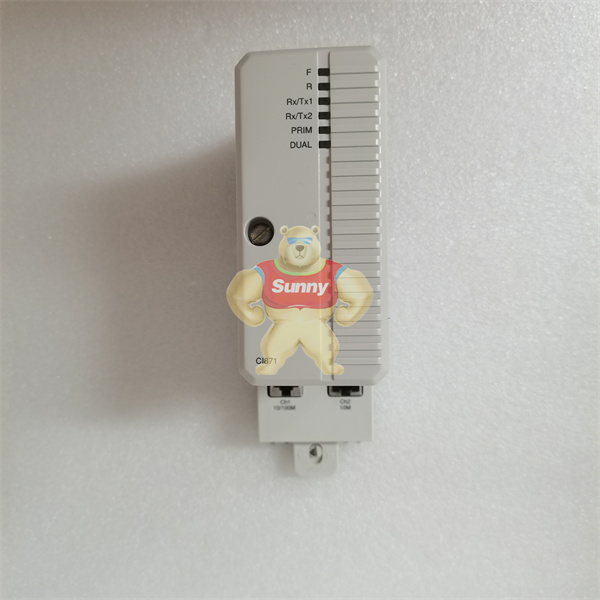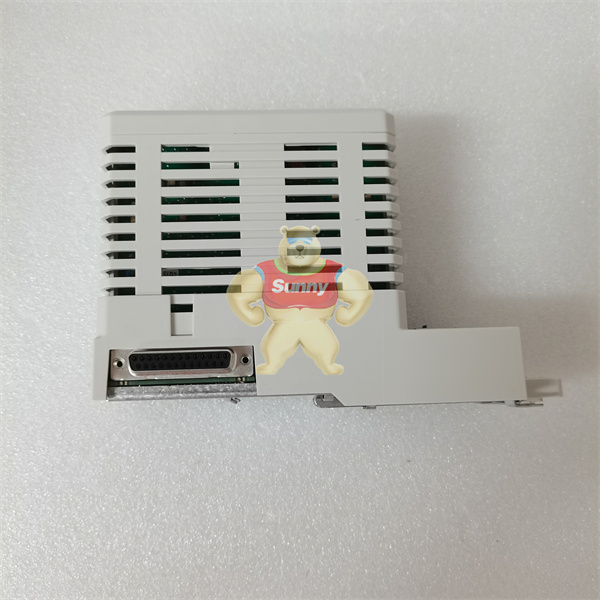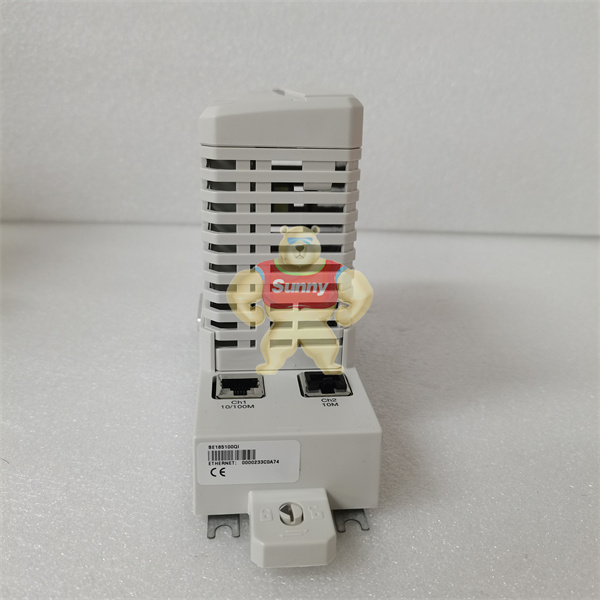With the rapid development of industrial technology, the field equipment is also developing towards a high degree of integration and automation. But no matter how the technology evolves, behind the dizzying array of technology, the basic, commonly used equipment remains a solid backstop. Hydraulic press is one of the old industrial infrastructure equipment, almost appear in all walks of life. Understanding the conventional mechanical risks of hydraulic press, from the design stage to avoid consciously, can effectively prevent the occurrence of safety accidents.
Nine safety hazards of hydraulic press
Generally speaking, hydraulic press has the following 9 safety hazards:
Direct contact between personnel and slider. Hydraulic press is generally manual up and down pieces, so the frequency of personnel intervention is quite high.
The personnel were confined to a blind spot in the work area.
The gravity of the slide is sliding. The slide block slides due to its own gravity, which poses risks to personnel.
Hydraulic system overpressure, resulting in sliding block. The hydraulic system has its own threshold limit, once it exceeds its set value, it will cause the system to collapse, resulting in the slide slide
The hydraulic system leaked oil, causing the slide to slide. As the hydraulic system parts mesh, resulting in the leakage of hydraulic oil, resulting in sliding block.
Direct contact between personnel and slider during equipment maintenance. During equipment maintenance, personnel need to stand under the slider to work. If the slider slides, it will cause fatal injury to personnel.
Whipping risk of tubing. Accidental risk of tubing blowout.
The connection between the slider and the mold is loose.
Risk for other specially designed applications.

CI871K01 3BSE056767R1

CI871K01 3BSE056767R1

CI871K01 3BSE056767R1
Basic protection measures commonly used for hydraulic press
1. Direct contact between personnel and slider
Usually, a set of vertical grating is installed on the front side of the operating position of the equipment to prevent personnel from directly touching the slide block. The rest of the perimeter will be equipped with different protective measures according to different needs. Generally, fixed protection is the main protection.
2. Personnel are locked in the blind area of the work area
Considering that the front vertical grating needs to meet a certain safety distance, there must be some space between it and the slider. Therefore, it is generally adopted to install a set of horizontal grating, so as to avoid personnel being in the blind area of grating detection when the upper and lower parts.
3. Gravity slide of the slider
At present, most hydraulic press will use an additional locking device to prevent the slide from falling.
4. Hydraulic system overpressure, resulting in sliding block
Install 2 overpressure detection valves and set their thresholds as the final protection parameters of the hydraulic system. Once triggered, as with the emergency stop effect, the self-locking function of the hydraulic system and additional locking device is used to prevent the slide.
5. The hydraulic system leaks oil, causing the slide to slide
Use additional locking device to prevent slide.
6. Direct contact between personnel and slider during equipment maintenance
Usually, the equipment is equipped with 2 maintenance guide posts. When the equipment is in the maintenance state, the guide posts are placed under the slider to form a physical barrier. At the same time, the trigger of the safety interlock function and the application of additional locking device can effectively prevent the slide block from sliding.
7. Whipping risk of tubing/accidental risk of tubing bursting
In general, we install an explosion-proof chain on the main oil pipe to prevent damage to the surrounding personnel due to the explosion.
 1 Year Warranty
1 Year Warranty




